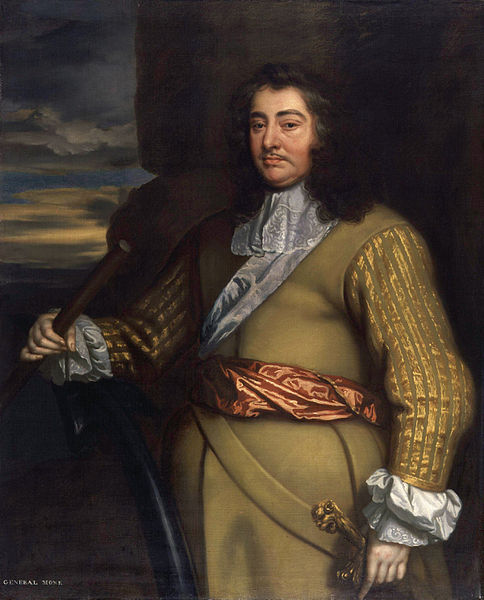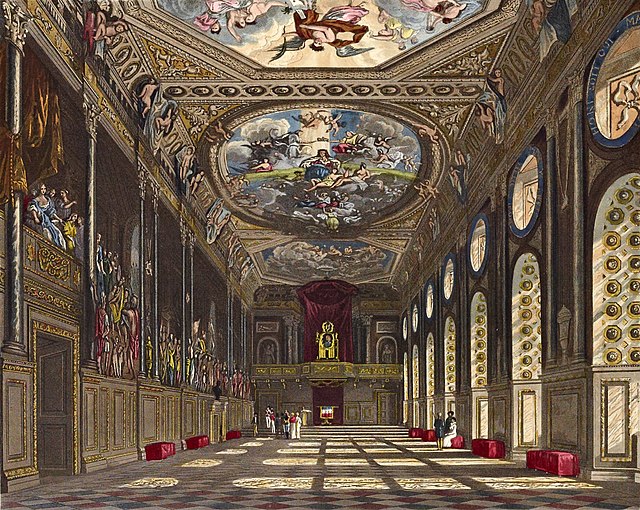William Bruce (architect)
Sir William Bruce of Kinross, 1st Baronet, was a Scottish gentleman-architect, "the effective founder of classical architecture in Scotland," as Howard Colvin observes. As a key figure in introducing the Palladian style into Scotland, he has been compared to the pioneering English architects Inigo Jones and Christopher Wren, and to the contemporaneous introducers of French style in English domestic architecture, Hugh May and Sir Roger Pratt.
Painting of Bruce by John Michael Wright, c. 1664
General George Monck, painted 1665–1666 from the studio of Sir Peter Lely
John Maitland, 1st Duke of Lauderdale, by Sir Peter Lely. Lauderdale was the most powerful man in Scotland, and Bruce benefited from his patronage.
The Bruce family vault, old Kinross churchyard
Hugh May was an English architect in the period after the Restoration of King Charles II. He worked in the era which fell between the first introduction of Palladianism into England by Inigo Jones, and the full flowering of English Baroque under John Vanbrugh and Nicholas Hawksmoor. His own work was influenced by both Jones' work, and by Dutch architecture. Although May's only surviving works are Eltham Lodge, and the east front, stables and chapel at Cornbury House, his designs were influential. Together with his contemporary, Sir Roger Pratt, May was responsible for introducing and popularising an Anglo-Dutch type of house, which was widely imitated.
Hugh May
St George's Hall, Windsor Castle, in 1819
Royal Chapel, Windsor Castle, in 1819







